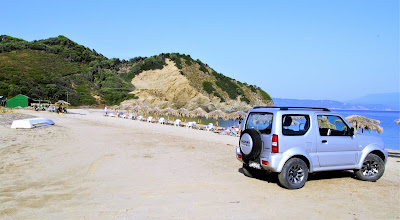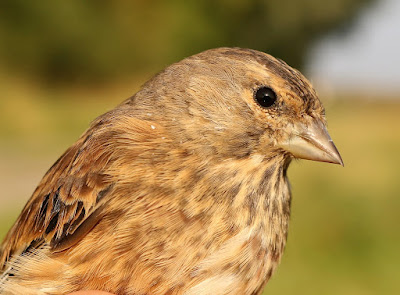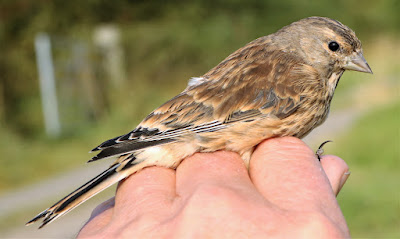We’re back from Greece. I’m catching up with the world as Sue unpacks suitcases while being careful I hope not to drop the two bottles of ouzo packed between the sun towels. There’s a question for Mr Sunak. Why is Ouzo 12 just £9 a bottle in Skiathos and £16.50 or more in the UK?
An offer to help with emptying the cases is met with “You will just get in the way”. Outside its raining and will do so all day. Welcome back to Britain.
Being absent for two weeks, I decided to revisit the blogging world and post a few photographs.
In Skiathos we had 14 days of glorious sunshine marred one morning by a couple of hours of dark cloud and intermittent rain before the sun reappeared as temperatures rose to their normal early thirties. The wealth of sunshine and clear nights led to little in the way of bird migration, just small numbers of the usual – shrikes, wagtails, chats, swallows, Chiffchaffs, Spotted Flycatchers and Blackcaps.
The “best” bird of the two weeks may have been a single Magpie, glimpsed one morning flying overhead. Although Hooded Crows are common and Ravens less so, other members of the crow family are very rare. In any case, birdwatching and bird recording is not a pastime of the average Skiathan resulting in a poor bird list for this unwatched island.
Red-backed Shrike and Spotted Flycatchers dominated our mostly casual birding during trips to various beaches and viewpoints.
It seems that the only shrikes left in late September are juveniles of the year and perhaps females as adult males have by now all left for Africa. The shrikes are mostly wary and difficult to bring into photo range except for the occasional and innocent youngster like this one near Aselinos beach. Aselinos is located in the rugged north of the island, and while it can be wild and windswept, it is simply beautiful.
Likewise, Spotted Flycatchers were difficult to approach until we found this very confiding one in the same location, Aselinos.
Late in the day the goatherd brings his goats down to Aselinos and corrals them for the night so that this valuable stock cannot roam and revert back to their wild ancestry.
Aselinos
It was here at Aselinos that after brief morning showers we found a flock of forty and more Yellow Wagtails. The same species plus occasional Grey Wagtails could be seen and heard on a numbers of days in this and other locations but only where a semblance of water could be found.
Now follows a set of non-birdy photos from Skiathos. Click each picture to get a feel for this beautiful and friendly island.
Papadiamantis Street
Bakaliko
Rain over Skopelos Island
Skiathos Town
I’ll be back soon with a new book review, WILDGuides Europe’s Birds. The book arrived mid-way through the holiday.
Hopefully I can get a review out before the book arrives on general sale.
Linking this weekend to Eileen's Blogspot and Anni in Texas.














































































.jpeg)







.jpg)












